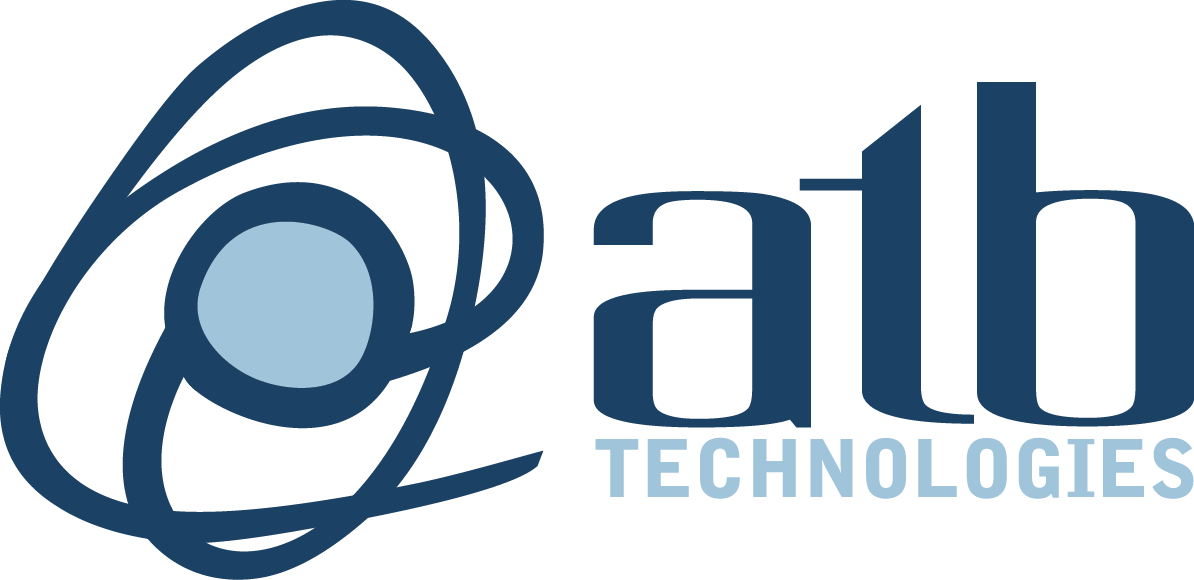As some employers welcome workers back to the office following the height of the pandemic, other employers are letting workers split time between the office and home. Or they’re even enabling employees to work from home all the time.
This mix of work arrangements sets up challenges when it comes to cybersecurity. In many cases, an at-the-office network will offer more security than an at-home network can. So, how can you protect your organization’s sensitive data if some of your employees are working from home?
Here are five suggestions for shoring up your organization’s cybersecurity at the office and in employees’ homes.
1. Fortify endpoint security
Endpoint security protects endpoints like laptops, desktops and mobile devices from harmful events such as malware or ransomware attacks, software viruses and denial-of-service activity. According to one estimate, businesses with fewer than 500 employees lose an average of $2.5 million per cyberattack.
The at-home work wave set off by the pandemic has only made it more crucial than ever for an organization to ensure that every endpoint, whether it’s in the office or at an employee’s home, is as secure as possible.
An endpoint protection strategy allows network administrators to monitor all network activity from a management console, and then prevent or react to cybersecurity threats. The strategy can be carried out through on-site, cloud or hybrid systems.
2. Embrace mobile device management
Cloud-based and on-premises tools for mobile device management (MDM) enable network administrators to closely track devices being used at the office or at home.
For instance, an MDM approach gives you the chance to make sure that every mobile device connected to your network is running the most up-to-date software and operating systems. Other benefits include making important data inaccessible to employees on their personal devices and detecting whether they’re being used for unauthorized activity.
3. Adopt multi-factor authentication
Multi-factor authentication provides another layer of cybersecurity. It requires someone to verify their identity in at least two ways, such as a username-and-password combo coupled with a thumbprint, to access online accounts, virtual private networks (VPNs), apps and other resources.
Mandating the use of multi-factor authentication reduces the chance that your organization’s network will be struck by a cyberattack. This is because multi-factor authentication goes beyond the traditional single-factor method of simply typing in a username and password.
Multi-factor authentication is especially important if anyone in your organization uses personal devices for work tasks, such as checking email. A small-scale study released in 2021 showed that nearly half of users whose devices supported multi-factor authentication failed to take advantage of it.
4. Institute web filtering and content filtering
Web filtering and content filtering are complementary, but not identical.
Web filtering blocks access to websites selected by an organization, such as those that have been connected to malware or phishing attempts. On the other hand, content filtering restricts access to email or webpages that an organization has labeled as objectionable. This might include webpages that have been associated with malware attacks, for example.
Together, web filtering and content filtering technology can help shield a network against cyberattacks. This technology can easily cover in-the-office and at-home workers.
5. Train workers about phishing scams
It’s estimated that nearly three-fourths of companies in the U.S. experienced a successful phishing attack in 2020, with retail, manufacturing, food and beverage, research and development, and tech companies being especially susceptible. Given the breadth of the problem (costing the average large organization $14.8 million a year), it’s vital for both remote and in-the-office workers to be trained on how to avoid and detect phishing attacks.
In a phishing attack, someone pretending to be from a reputable entity or person sends a malicious email or text that’s aimed at tricking the recipient into revealing sensitive information. Examples of information sought in a phishing scam include login credentials, credit card numbers and financial data.
One of the best ways to prevent being victimized by a phishing scam is to think twice before clicking on a link in email or text. If you’re not familiar with the sender or the message looks odd, it’s best to avoid clicking on the link and then to delete the email or text.
Keep your business safe with top-of-the-line cybersecurity from a team that will never let you down. Contact ATB Technologies for a free consultation to review your needs for technology and IT support.
